I had the opportunity to teach a two day HemoSpat course at the Canadian Police College (CPC) this past week. Last year, Sgt. Jennifer Barnes, a HemoSpat user from the Royal Canadian Mounted Police (RCMP), contacted me and asked if I ever put on HemoSpat workshops. This conversation evolved into the creation of a two day class organized by Sgt. Beverly Zaporozan the Forensic Identification Training Coordinator at CPC. She did a fantastic job organizing everything so it all ran smoothly.
We had fourteen students from across Canada and the US. They came from five different organizations: several RCMP National Forensic Identification Support Services sections, the Edmonton Police Service, the Toronto Police Service, the Waterloo Regional Police Service, the Vancouver Police Department, and the US Naval Criminal Investigative Service (NCIS) were all represented.
The course had both classroom and practical components. The lecture part covered scene documentation extensively – both surface and pattern – along with a review of key concepts and sections on how HemoSpat works under the hood, 3D exporters, working with laser scanner point clouds, and some cast-off pattern research.
Over the course of two days, the students documented and analyzed two scenarios – the first consisted of multiple impacts using “regular surfaces”:
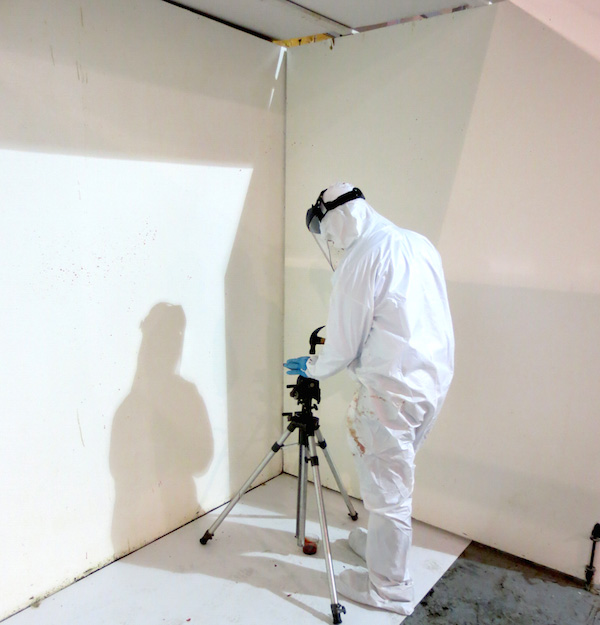
CPC HemoSpat Course – Scenario 1
The second one had multiple angled surfaces – a sloped ceiling and a cabinet in the corner – and multiple impacts:
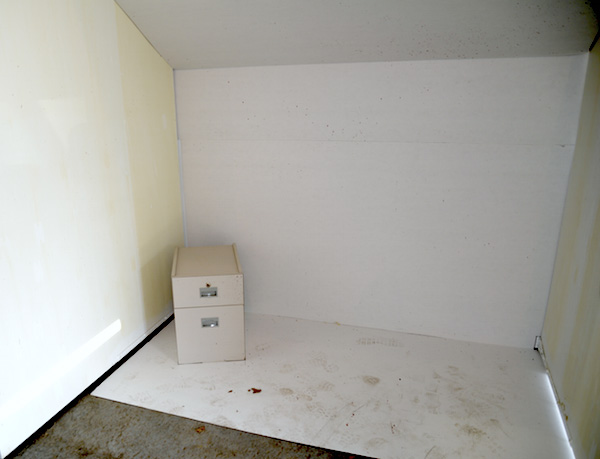
CPC HemoSpat Course – Scenario 2
One of the areas we focused on was the use of the new Reference Image and Point Select tool from HemoSpat 1.8. This allows the analyst to photograph groups of stains and do stain selection in HemoSpat.
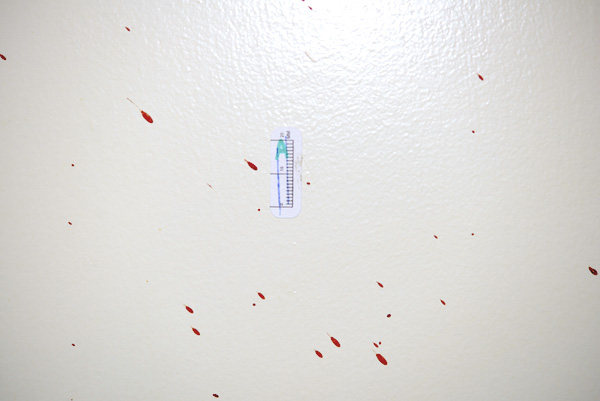
CPC HemoSpat Course – Reference Image Example
Any stains in this image may be used for analysis
This sped up the documentation process dramatically. It was also interesting to note that, as a result of the new technique, the analysts tended to work with more bloodstains than they normally would.
Staff Sgt. Gord Lefebvre of the Ontario Provincial Police (OPP) provided invaluable assistance – creating the patterns, teaching part of the pattern documentation section of the course, and answering questions in the hands-on documentation and analysis parts.
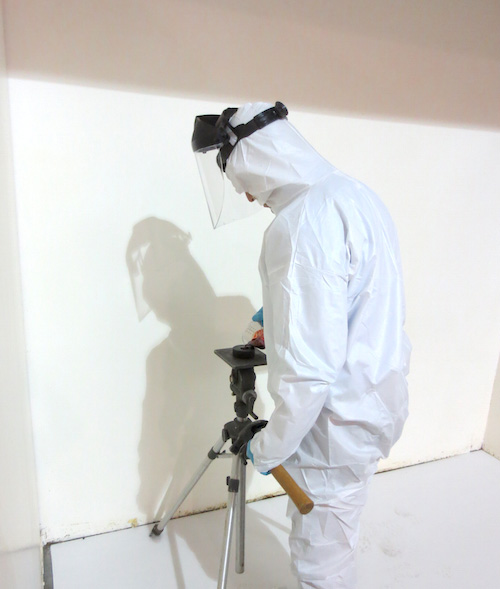
CPC HemoSpat Course – Gord Creating An Impact Pattern
The feedback from the students was overwhelmingly positive so I hope I will have the opportunity to teach the course again and that we can open up the registration to other organizations.
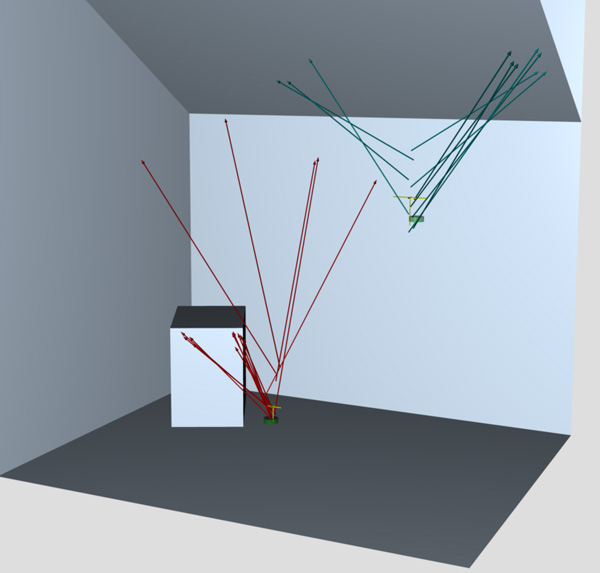
CPC HemoSpat Course – Scenario Analyzed
Exported in 3D and displayed using Apple Preview
We collected all the data – photographs and location documentation – from the six experiments (three groups, two scenarios each). If any HemoSpat users are interested in downloading this data, please contact me.
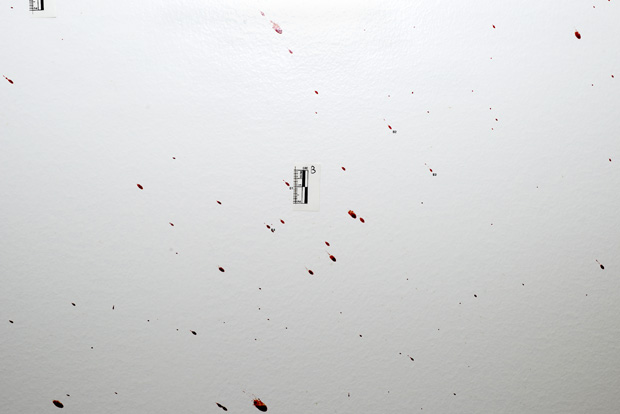






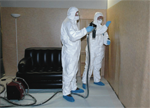 Martin Eversdijk [
Martin Eversdijk [